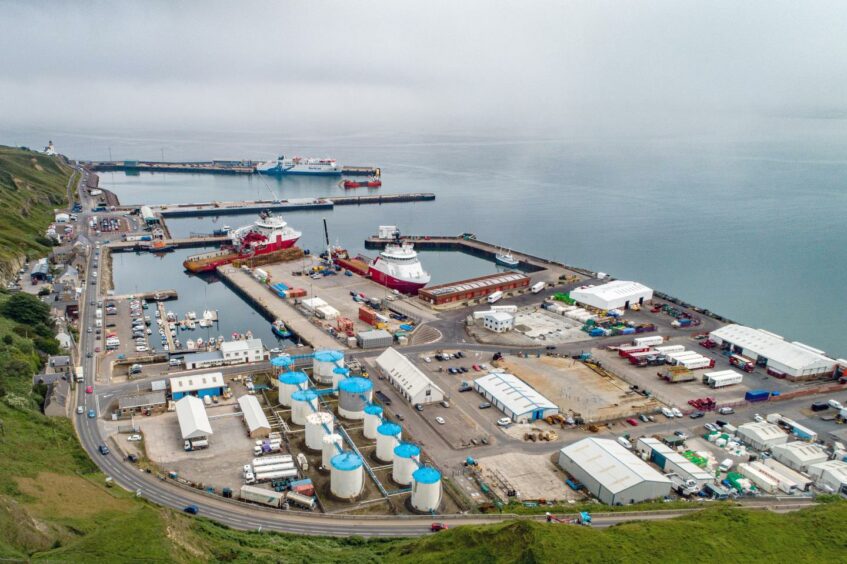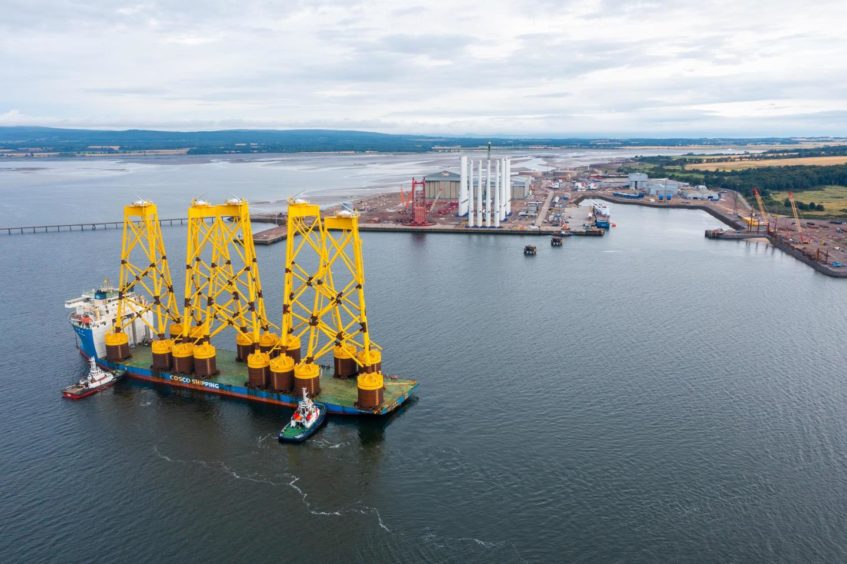
There is less than a month to go until the results of the hotly contested ScotWind leasing round are expected.
More than 70 bids have been submitted by companies hoping to secure the rights to build the next generation of Scottish offshore wind farms.
Crown Estate Scotland, the body overseeing the process, is due to announce the winners in January, and industry is waiting with baited breath to see who comes out on top.
Many are pinning their hopes of a just transition on ScotWind with several large oil and gas players in the running to secure seabed acreage.
But in order to deliver the 10 gigawatts of offshore wind that has been promised the offshore wind supply chain has to be able to cope with the demand.
John MacAskill, operations director of London-headquartered Offshore Wind Consultants, part of AqualisBraemar, says port capabilities are a key area for upgrade.
There are concerns that as the number of projects needing access to facilities increases, a shortage of space could quickly emerge.
The problem could be exacerbated further as larger wind turbines hit the market.
Mr MacAskill said: “A massive amount of work is needed to expand port capabilities – currently there’s just not enough capacity.
“The issue is that investment in facilities often doesn’t happen until there’s an order in place. This is where government and offshore wind developers can help.”
In order to get an early handle on the issue some ScotWind bidders have already formed partnerships with Scottish ports.
A consortium comprised of TotalEnergies, the Green Investment Group and RIDG has signed memorandums of understanding with Orkney Harbour Authority and Scrabster Harbour Trust, near Thurso.
UK Government has also earmarked £160 million in funding to build new large-scale floating offshore wind ports and factories.
Mr MacAskill says a “joined up industrial approach” to building offshore wind will be “hugely important”.
“Looking ahead, for me the focus needs to be on supply chain; people, vessels, supports and manufacturing,” he said.
Encouragingly for Scotland’s ports and harbours, the Scottish Government has already committed to future leasing processes.
Energy and net zero secretary Michael Matheson pledged earlier this year to hold more ScotWind rounds within the current parliament.
And that could unlock the huge pipeline of offshore wind work that gives the supply chain the certainty to make long term investments.
Mr MacAskill said: “It is definitely needed to help the supply chain develop. If a turbine manufacturer is looking to build a factory, they are more likely to put it somewhere with a large commitment to offshore wind.
“Building a pipeline of projects is hugely important and ScotWind has demonstrated the thirst for sites in Scottish waters.
“There will be a raft of interested parties in the future. That includes bidders that missed out in this round, but also successful applicants that want to add to their portfolio in the region.
“It’s a really sensible move from the Scottish Government and not leaving it too long is crucial – about two years would be ideal.”
Recommended for you



 © Supplied by SSE Renewables
© Supplied by SSE Renewables